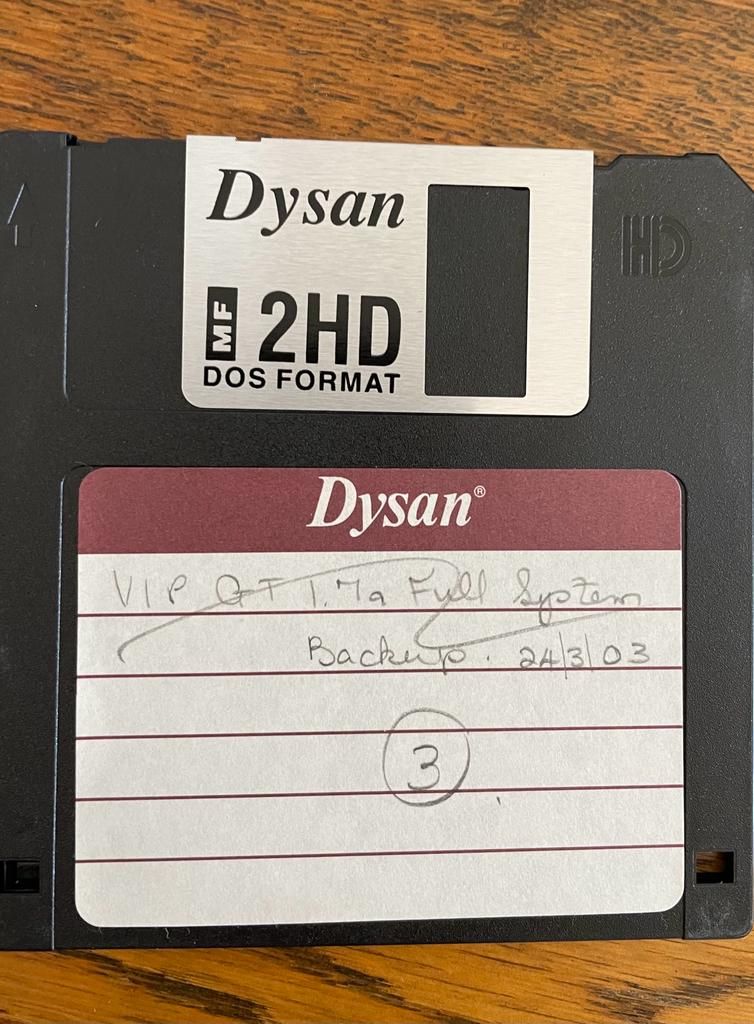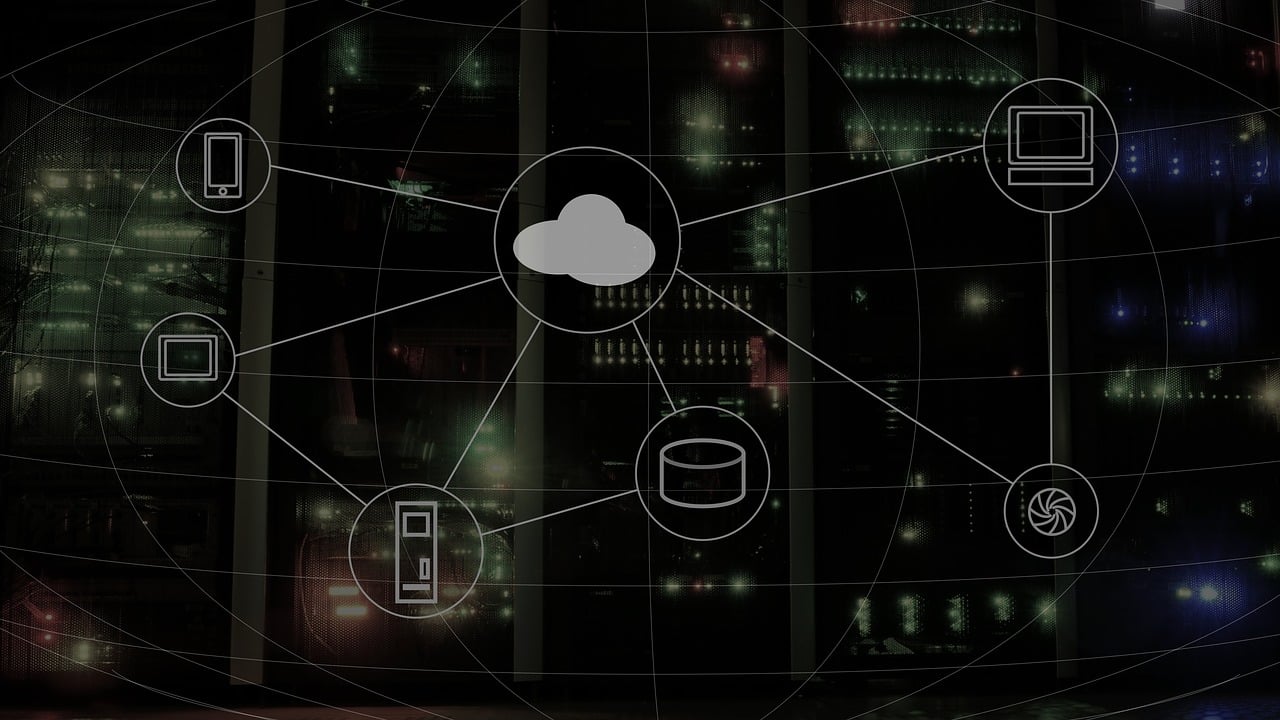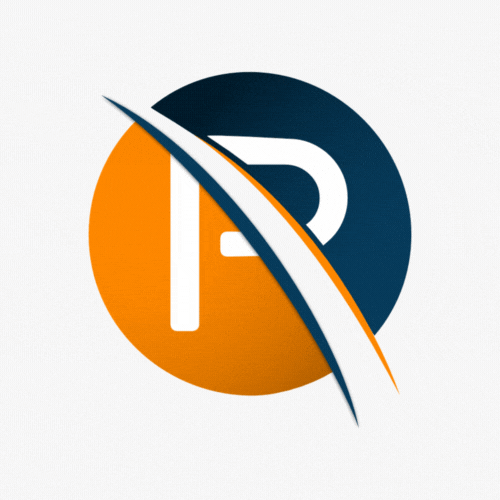Are you ready to take your payroll processing to the next level in 2024?
As businesses continue to evolve and adapt to the digital landscape, it’s crucial to stay ahead of the curve with modern and efficient payroll practices. Whether you’re a small startup or a large corporation, implementing best practices can streamline your payroll operations, save time and money, and ensure compliance with ever-changing regulations.
In this article, we’ll explore the latest trends and best practices for modernising your payroll processing. From embracing automation and cloud-based solutions to integrating employee self-service portals and incorporating data analytics, we’ll provide you with the insights and strategies you need to optimise your payroll processes.
The Evolution of Payroll Processing
Payroll processing has come a long way since its inception. In the past, payroll was a manual and time-consuming task, often prone to errors and delays. However, with technological advancements, payroll processing has evolved into a streamlined and efficient process.
In today’s digital age, businesses have access to a wide range of tools and software that can automate and simplify payroll tasks. From calculating employee wages and deductions to generating pay stubs and tax reports, modern payroll systems can handle it all. These systems also allow for easy integration with other HR and accounting software, making payroll processing more seamless and accurate.
The shift towards digital payroll processing has not only improved efficiency but also enhanced security and compliance. With the ability to store and access payroll data securely in the cloud, businesses can ensure that sensitive employee information is protected and backed up regularly. Additionally, payroll software often comes with built-in compliance features that help businesses stay up-to-date with changing regulations and tax laws.
Going from floppy disks to cloud-based software has been revolutionary.

The Importance of Modernising Payroll Processing
The importance of modernising payroll processing cannot be overstated. By embracing technology and implementing best practices, businesses can save time, reduce costs, and minimise the risk of errors and non-compliance. Let’s explore some of the common challenges faced in traditional payroll processing and how modern practices can overcome them.
Common challenges in traditional payroll processing
Traditional payroll processing methods often involve manual data entry, calculations, and paper-based documentation. While these methods may have sufficed in the past, they are no longer efficient or effective in today’s fast-paced business environment.
Here are some of the common challenges faced in traditional payroll processing:
- Manual Errors: Manual data entry is prone to errors, which can lead to incorrect pay calculations, tax filings, and compliance issues. These errors can be time-consuming and costly to rectify.
- Time-Consuming Tasks: Traditional payroll processing requires significant time and effort, from collecting and verifying employee data to manually calculating wages, deductions, and taxes. This manual process can be slow and tedious, especially for businesses with a large workforce.
- Lack of Integration: Traditional payroll systems often operate in isolation, making it difficult to integrate payroll data with other HR and accounting systems. This lack of integration can result in redundant data entry, inconsistencies, and delays in reporting.
- Limited Accessibility: Paper-based payroll documentation can be cumbersome to manage and access. Finding and retrieving specific records can be time-consuming and inefficient, especially when dealing with audits or employee inquiries.
To overcome these challenges and modernise your payroll processing, it’s essential to implement best practices and leverage technology solutions. Let’s explore some of the best practices for modernising payroll processing that can help you streamline your operations and enhance efficiency.

Best Practices for Modernising Payroll Processing
- Implementing Cloud-Based Payroll Software
Cloud-based payroll software offers several advantages over traditional on-premise systems. With cloud-based solutions, businesses can access payroll data from anywhere, anytime, using any device with an internet connection. This flexibility allows for remote work, collaboration, and real-time updates.
Cloud-based payroll software also provides automatic updates and backups, ensuring that your data is always secure and up-to-date. Additionally, these systems often come with built-in compliance features to help you stay on top of changing regulations and tax laws.
- Streamlining Payroll with Automation Tools
Automation is a game-changer when it comes to modernising payroll processing. By automating repetitive and time-consuming tasks, businesses can save valuable time and reduce the risk of errors. Some of the tasks that can be automated include calculating wages, deductions, and taxes, generating pay stubs and tax reports, and processing direct deposits.
Automation tools can also help streamline the approval process by allowing managers to review and approve payroll data online. This eliminates the need for physical paperwork and speeds up the payroll processing cycle.
- Enhancing Payroll Security and Compliance
Data security and compliance are critical aspects of modern payroll processing. With the increasing threat of cyberattacks and data breaches, businesses must take proactive measures to protect sensitive employee information. Cloud-based payroll software often comes with robust security features, such as encryption, multi-factor authentication, and regular data backups.
To ensure compliance with regulations and tax laws, businesses should regularly update their payroll systems with the latest tax rates, deductions, and reporting requirements. Integrating payroll software with HR and accounting systems can also help ensure consistency and accuracy in data management.
- Integrating Payroll with HR and Accounting Systems
Integrating payroll with other HR and accounting systems can streamline data entry, reduce errors, and improve overall efficiency. When payroll data is automatically synchronised with other systems, businesses can eliminate redundant data entry and ensure consistency across departments.
For example, integrating payroll with time and attendance systems can automate the calculation of employee hours and reduce the risk of errors. Similarly, integrating payroll with accounting systems can streamline the process of recording payroll expenses and generating financial reports.
- Training and Education for Payroll Professionals
Modernising payroll processing requires not only technology but also skilled professionals who understand the intricacies of payroll management. Providing regular training and education to payroll professionals can help them stay updated with the latest industry trends, regulations, and best practices.
Investing in professional development programs and certifications can enhance the expertise and credibility of your payroll team. This, in turn, can improve the accuracy and efficiency of your payroll processes.

Implementing Cloud-Based Software
Cloud-based payroll software has revolutionised the way businesses handle their payroll processing. With this technology, you no longer need to rely on manual spreadsheets or outdated software installed on a single computer. Instead, your payroll data is securely stored in the cloud, accessible from anywhere, and automatically backed up.
Here are 4 key benefits of cloud-based payroll software:
Scalability: One of the key advantages of cloud-based payroll software is its scalability. Whether your business is experiencing rapid growth or seasonal fluctuations, the software can easily accommodate changes in payroll volume.
Accessibility: Another key advantage of cloud-based payroll software is its accessibility. With a cloud-based solution, you and your team can access payroll data from anywhere at any time, making it ideal for remote work environments or businesses with multiple locations.
Automation: Additionally, cloud-based payroll software often includes features such as automatic tax calculations, direct deposit, and electronic filing, further streamlining your payroll processes.
Auto Backups: Cloud-based payroll software also eliminates the need for manual backups and updates, as these are done automatically by the provider.
To ensure a smooth transition to cloud-based payroll software, it’s important to choose a solution that meets your specific needs and integrates seamlessly with your existing systems. Look for features such as automated tax calculations, direct deposit capabilities, and customisable reporting options. Consider the scalability of the software as well, as your business grows, you’ll want a solution that can easily handle an increasing number of employees and payroll complexities.
Implementing cloud-based payroll software is a game-changer for your payroll department. It streamlines your processes, reduces the risk of errors, and gives you real-time visibility into your payroll data.
Streamlining Payroll with Automation Tools
Automation is the key to streamlining your payroll processes and reducing manual tasks. By automating repetitive and time-consuming tasks, you can free up your payroll team to focus on more strategic activities. Automation tools can handle tasks such as calculating wages, deductions, and taxes, generating payslips, and even sending payroll information to the appropriate financial institutions.
One of the most impactful areas where automation can make a difference is in timekeeping and attendance tracking. By integrating your payroll system with a time and attendance software, you can automate the process of capturing and calculating employee hours. This not only saves time but also improves accuracy, as it eliminates the need for manual data entry and reduces the risk of errors.
Another area where automation can be beneficial is in employee onboarding and offboarding. By automating the process of adding new employees to the payroll system and removing terminated employees, you can ensure that payroll data is always up-to-date and accurate. This eliminates the need for manual data entry and reduces the risk of payroll fraud.
When implementing automation tools, it’s important to involve your payroll team in the process. They can provide valuable insights into the tasks that can be automated and help identify any potential challenges or issues. Additionally, providing training and support to your team will ensure a smooth transition and maximise the benefits of automation.

If you need assistance with choosing the right payroll software, you can book a consultation with us, and we will gladly walk through your unique requirements and suggest an appropriate solution.
Enhancing Payroll Security and Compliance
In an era of increasing data breaches and identity theft, ensuring the security of your payroll data is paramount. Payroll information contains sensitive data such as Social Security numbers, bank account details, and tax information, making it a prime target for cybercriminals. A data breach can not only result in financial loss but also damage your reputation and erode customer trust. Therefore, modernising your payroll processing becomes crucial to implement robust security measures to protect sensitive employee information.
Here are some best practices to enhance payroll security:
– Use encryption to secure payroll data both in transit and at rest
– Implement multi-factor authentication for accessing payroll systems
– Regularly update and patch payroll software to fix security vulnerabilities
– Conduct regular security audits and risk assessments
– Train employees on cybersecurity best practices, such as avoiding phishing emails and using strong passwords

Integrating payroll with HR and accounting systems
Payroll is closely intertwined with other business functions, such as HR and accounting. Integrating your payroll system with these systems can streamline processes, improve data accuracy, and ensure consistency across departments.
When payroll, HR, and accounting systems are integrated, employee data can flow seamlessly between systems, eliminating the need for manual data entry and reducing the risk of errors. For example, when an employee is hired or terminated in the HR system, this information is automatically updated in the payroll system, ensuring that the employee is paid accurately and on time.
Integration between payroll and accounting systems is especially important for financial reporting and tax compliance. By integrating these systems, you can automate the process of generating financial reports and filing tax returns, saving time and reducing the risk of errors.
When considering integration between systems, it’s important to choose solutions that are compatible and offer robust integration capabilities. Work closely with your IT team or software provider to ensure a smooth integration process and maximise the benefits of integration.
Training and education for payroll professionals
Modernising your payroll processing goes beyond implementing new technologies; it also requires investing in the training and education of your payroll professionals. By providing them with the necessary skills and knowledge, you can maximise the benefits of modern payroll practices and ensure a smooth transition.
Consider offering training programs or workshops on topics such as:
– Understanding payroll regulations and compliance requirements
– Using payroll software and automation tools effectively
– Analysing payroll data to identify trends and insights
– Implementing best practices for data security and privacy
Additionally, encourage your payroll professionals to stay updated with industry trends and advancements through professional development opportunities, such as attending conferences or participating in webinars. This continuous learning approach will not only enhance their expertise but also keep your payroll department at the forefront of industry standards.

Compliance
Compliance with payroll regulations is another critical aspect of modern payroll processing. With ever-changing tax laws and regulations, it can be challenging to stay up to date and ensure compliance. Failure to comply with payroll regulations can result in penalties, fines, and even legal action.
To ensure compliance, it’s important to stay informed about the latest tax laws and regulations that impact payroll processing. This can be done through regular training and education for your payroll team, as well as partnering with a payroll provider that stays up to date with the latest regulations.
Conclusion: Embracing the Future of Payroll Processing
In today’s fast-paced and digital world, modernising your payroll processing is no longer an option but a necessity. By embracing best practices such as implementing cloud-based software, leveraging automation tools, enhancing security and compliance, integrating systems, and investing in training, you can transform your payroll department into a well-oiled machine.
Stay ahead of the curve by staying informed about the latest trends and advancements in payroll processing. Continuously evaluate your processes and technologies to identify areas for improvement and optimisation. By doing so, you can ensure that your payroll operations are efficient, accurate, and compliant, allowing your business to thrive in the digital age.
So, are you ready to take your payroll processing to the next level? Start implementing these best practices today and experience the benefits of modernising your payroll processes. Your employees, your bottom line, and your business’s success depend on it.
Got questions about expat payroll?
Chat with an expert


